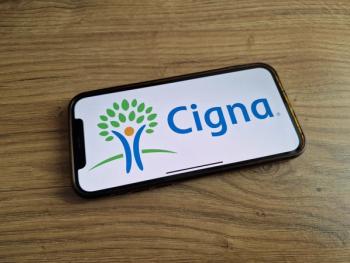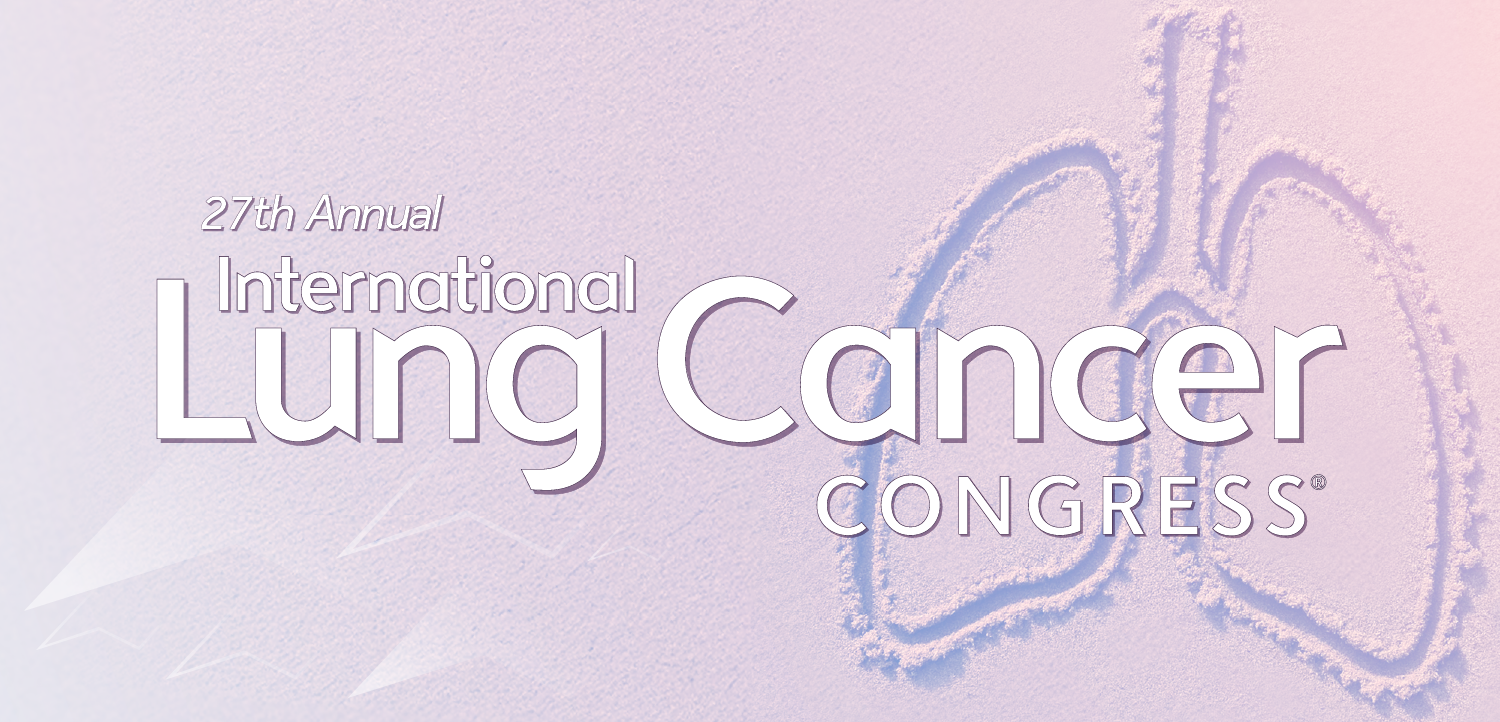
- MHE July 2021
- Volume 31
- Issue 7
With Income Ups and Downs, Americans Scrimp on Healthcare
Researchers are documenting how income volatility is affecting the middle class and healthcare decisions of its members.
Decades of stagnant wages, a rapidly changing job market, the erosion of employer-based health benefits, and the steadily rising cost of healthcare are leading more Americans to carefully choose which medical treatments they will utilize.
According to results from a recent Brookings study, “Income Volatility and Healthcare Decision-Making,” fluctuating monthly income combined with out-of-pocket costs and high deductibles have become significant factors in the healthcare decisions Americans make. The findings showed that seesawing monthly income and financial navigation through healthcare is a reality for insured people in the middle class, not only for those with low incomes or without insurance.
Recent Kaiser Family Foundation and Los Angeles Times survey findings indicate that 40% of nonelderly adults with employer-based health insurance have difficulty paying their medical bills. Half of those respondents said they or a family member has skipped or postponed healthcare in the past year because of the cost.
“What I hope the audience takes away is just how big a problem (income volatility) is and how widespread financial precarity is throughout the U.S. and that it is creating big problems for many, many people,” said Lisa Servon, Ph.D., the Brookings study co-author and chair of the Department of City and Regional Planning at the University of Pennsylvania Weitzman School of Design, during a recent webinar introducing the study. To understand the effect of income volatility on healthcare decisions, Servon and co-author Mina Addo, a Ph.D. research fellow at the University of Pennsylvania School of Social Policy & Practice, interviewed 33 working adults between the ages of 27 and 55.
The solidly middle-class households (median income between $60,000 and $70,000) had two adults working full time. In half the families surveyed, one of the two working adults also had a part-time job. Ninety percent of the families had health insurance, of which 75% was employment based. The researchers reported that each family, on average, experienced income volatility — that is, five months during the year their income unexpectedly increased or decreased.
On the whole, the families found their copays for primary care affordable. But larger copays or healthcare not covered or partially covered by insurance — dental, vision care, physical therapy, diagnostic testing, serious injury or illness, and chronic issues such as diabetes — presented financial problems.
Some families had health savings accounts to help with bills, whereas others used a credit card. But generally, they simply declined treatment, even for chronic conditions. According to results of a 2018 survey, approximately 60% of Americans said they or someone in their family had a chronic condition and 35% struggle to pay their medical bills.
“I think the eye opener is this is a middle-income, middle-class population,” Addo said of the study’s families during the webinar. “These are a number of people who have done … the right thing. They pursued education, tried to invest in a home. That pathway used to be, I think we would call it, the American Dream.”
Historian James Truslow Adams coined the term “American Dream” in his 1931 book “Epic of America.” Anyone in the United States who had ambition and was willing to work, Adams maintained, could climb their way up the socioeconomic ladder to a “better and richer and fuller life for everyone, with opportunity for each according to ability or achievement.”
If that was ever true, the climb has become steeper and the ladder, more rickety. Since the ’80s, middle-class wages have risen 6%, whereas upper-class wages jumped 31%. The median house price over that time has climbed 400%. And between 2004 and 2018, out-of-pocket costs for employer-based health insurance rose from $2,600 to $5,000.
Then came the pandemic, the shutdown of in-person activities, and job losses, although some of the overall economic indicators for this year indicate that the economy has rebounded. If there is a winter-gray (not silver) lining to the pandemic, it also has irrefragably revealed that a majority of Americans are living paycheck to paycheck. In fact, almost two-thirds of Americans say they have been living paycheck to paycheck since the beginning of the pandemic, according to results from a November 2020 survey conducted by Highland, a Chicago-based research and design firm.
“With healthcare costs growing faster than wages for several decades, we always knew that the middle class would be squeezed more and more by healthcare as costs grew,” says David T. Grande, M.D., M.P.A., director of policy at Leonard Davis Institute of Health Economics at the University of Pennsylvania. “I think we are getting closer to the point where that squeeze is hitting enough people that costs are a bigger and bigger policy issue.”
Medicare coverage helpful
Consumers, Grande says, are frustrated with increasing out-of-pocket costs, limited insurance and narrow networks that can lead to surprise billing from out-of-network providers. Those tactics have probably wrung dry all available savings anyway. So what other solutions do policy makers and insurers have?
The Biden administration is not prioritizing major healthcare reform so far. Even if it were, the chances of a public option or lowering the age of Medicare eligibility would be remote and those for broader Medicare buy-in or Medicare for all, vanishingly small. Medicare expansion of almost any stripe would likely afford some protection against high healthcare costs for the added beneficiaries.
“Moving coverage to Medicare means moving some costs to the government and determining how to price that coverage for newly eligible adults,” says Grande. “So the details would really determine what that would mean for consumer costs. But there is a lot of reason to believe that consumers would save money if they gained Medicare coverage.”
There are less ambitious and divisive options pricing transparency rules. Beginning this year, hospitals are required to list the cost for many procedures. Next year the same goes for health insurers, who will have to show how much they pay for services. Will price transparency make a dent in costs?
“It seems obvious that we need more price transparency,” says Grande. “However, by itself I don’t think it will solve our cost issues. A great deal of healthcare spending occurs on services that are not really shoppable and well beyond when people have maxed out their deductibles.” The execution of price transparency also leaves a lot to be desired. Hospitals are showing prices, but how transparent (or intelligible) they are is a different matter.
For its part, the Biden administration chipped in by making access to health insurance easier. In March, as part of its American Rescue Plan Act, the administration increased insurance subsidies to people with incomes above 400% of the poverty level who buy health coverage on the ACA exchanges. It also increased the amount of financial assistance for those with lower incomes who were already eligible under the ACA.
Addo would like to see insurers step up and help people find a plan that provides more coverage. “Based on research, some existing plans that are most affordable for consumers (high-deductible plans) do not provide enough coverage to ensure that people can affordably access the care they need,” Addo wrote in an email. Insurers, she says, could improve the situation by helping consumers identify plans that better meet their needs. Grande would like to see the government reach some agreement on a minimum amount of coverage for all Americans, including adjustments to out-of-pocket costs that hinge on income. But is that realistic, given our current health insurance system? “We have to understand that if we choose as a country to continue to rely on a system of private insurance, then insurers will always work to limit spending,” Grande says. “That is the system we have. If consumers want a system that looks more like Medicare, they will have to demand it.”
Robert Calandra is an independent journalist in the Philadelphia area who covers healthcare.
Articles in this issue
about 4 years ago
Adam Sabloff, VirtualHealth: "If You Don’t Quit, You’ll Win"over 4 years ago
Michael Zeglinski, OptumRx: Hitting the Right Notesover 4 years ago
The Busy Signal: Telehealth Deals Surge as Usage Stays Highover 4 years ago
Specialists are Testing the Value-based Care Watersover 4 years ago
Still the New Kids. But Growing Up Fast.Newsletter
Get the latest industry news, event updates, and more from Managed healthcare Executive.


















































